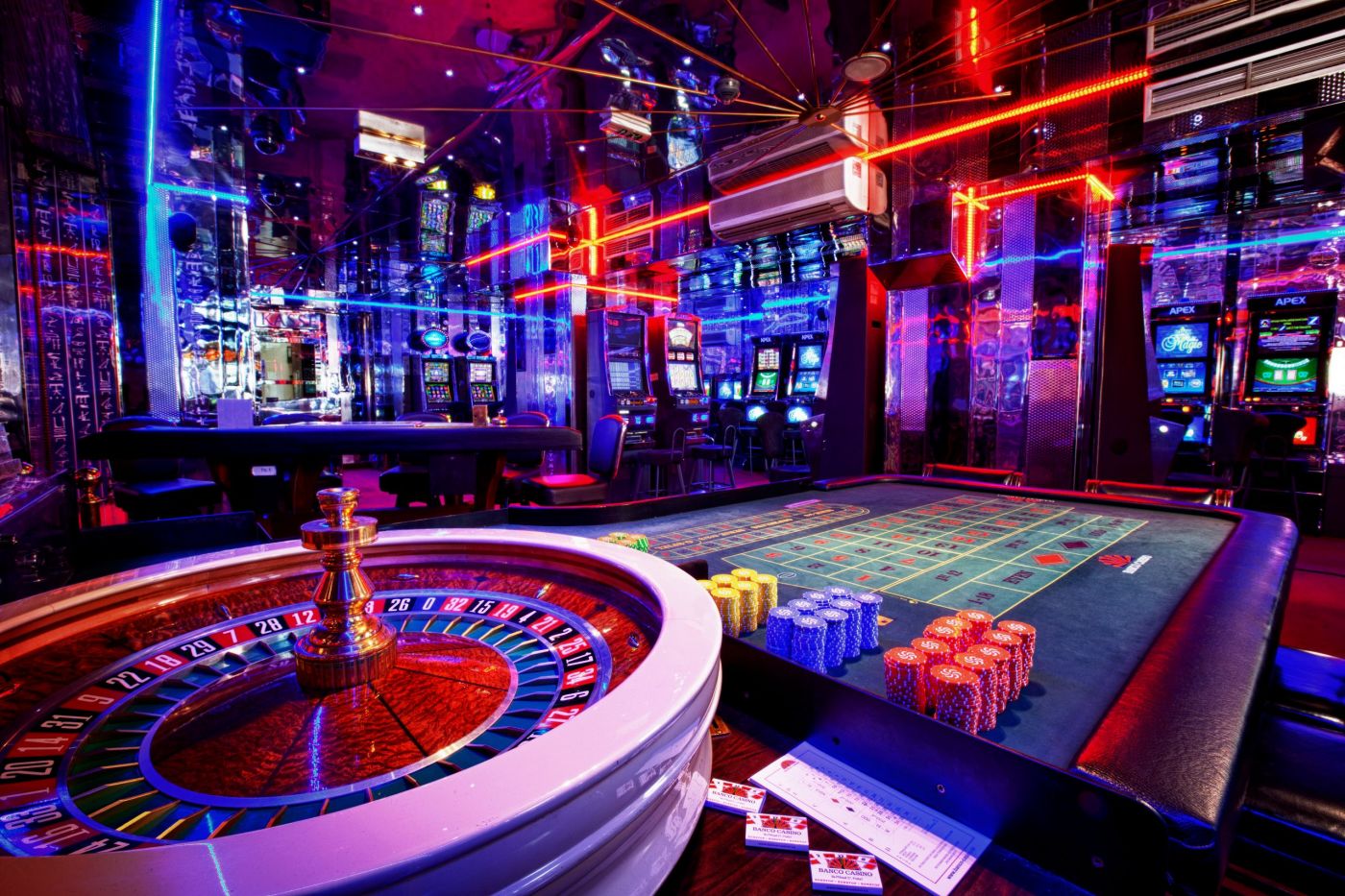
Casino games have long captivated the human imagination, drawing gamblers into a universe filled with fortune, tactics, and the allure of adventure. Each experience is painstakingly crafted not just for fun, but also to evoke targeted emotional responses that keep participants immersed and invested. Understanding the reasons behind these designs reveals much about how psychology plays a vital role in the gaming experience.
From the dazzling lights and dynamic sounds to the complex layering of systems and rewards, casino games are designed to create an atmosphere of anticipation and anticipation. Game designers leverage mental cues to influence player behavior, whether through the use of winning opportunities, near-miss scenarios, or social interactivity. By examining these aspects, we can better appreciate how casino games fulfill not just a need for entertainment, but underlying psychological needs for adventure and risk.
Comprehending Player Behavior
Casino games are crafted with a profound comprehension of player psyche, which is vital for attracting and holding players. The excitement of the game, coupled with the expectation of winning, produces a strong allure. Game designers utilize elements like audio cues, vibrant graphics, and captivating gameplay to engage attention and generate emotional responses. These sensory effects enhance the immersive experience, making players feel more invested in the game.
Another notable aspect of player behavior is the concept of risk/reward dynamics. Casino games often balance high-risk scenarios with the potential for considerable rewards, which can cause the occurrence known as near-miss phenomenon. When players come close to winning, the brain produces dopamine, bolstering their behavior and prompting them to persist playing in quest of that fleeting win. This cycle of hope and disappointment plays a critical role in how games are constructed and promoted.
Lastly, social elements also play a critical role in player behavior at casinos. Many games are designed to be played in groups or with other players, nurturing a sense of belonging and communal experience. The interaction inherent in games like poker enhances enjoyment and can result in longer play sessions. Designers leverage on this by designing environments that prompt players to stay, connect, and revisit, making the overall casino experience more appealing.
The Role of Imagery and Sound
Imagery and audio play a vital role in elevating the player’s experience within gambling games. Designers utilize bold colors, eye-catching graphics, and engaging animations to capture gambler’s attention and sustain their interest. The use of motifs, such as adventure or luxury, helps create an immersive atmosphere that transports players into a different world. By appealing to the senses, these elements add to a intensified emotional response, encouraging players to interact more deeply with the games.
Sound design is just as important in enhancing the overall experience of gambling games. The mix of background music, sound effects for winning combinations, and environmental noises creates an sound landscape that holds players fascinated. Sounds associated with victories, such as chiming bells or festive music, evoke feelings of excitement and reward, encouraging players to continue playing. These audio cues are carefully placed to amplify the thrill of the game and create a more engaging experience.
Moreover, the alignment of visuals and sound is crucial for reinforcing the game’s overall concept and mood. Each element should align seamlessly to create a cohesive experience that draws players in. The effective use of this synergy not only enhances user satisfaction but also boosts the chances of return play, as players become more invested in the immersive world that the gambling games offer. This thoughtful integration of imagery and sound ultimately enhances player involvement and commitment.
Incentive Systems and Engagement
The development of gambling experiences greatly depends on reward structures to ensure players involved and coming back for more. These structures are rooted in psychological theories that exploit human nature and desire. Players are often motivated by the thrill of winning, which is supported by immediate responses through the game structure’s mechanics. This instant gratification not just enhances the overall experience but also fosters a sense of success, prompting players to continue participating in hopes of greater gains.
Gaming establishments utilize various reward structures, including jackpots, bonuses, and multipliers, to engage players. These elements create a layer of excitement that maintains engagement. Additionally, the randomness of outcomes plays a significant role in sustaining attention. The intermittent reinforcement schedule, where successes are unpredictable but happen often enough, maintains players on edge and motivated to continue participating. This cycle of hope and expectation is foundational to the success of gambling experiences.
Furthermore, social elements, such as tournaments and multiplayer features, boost the engagement factor by leveraging the competitive nature of players. The communal aspect of playing with others can amplify the thrill of winning and create a sense of community within the gaming space. By integrating these social dynamics with efficient incentive structures, casino games don’t just offer entertainment but also nurture a stronger bond among players, solidifying their loyalty to the overall experience.
horse racing not on GamStop